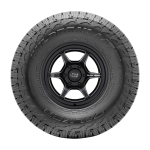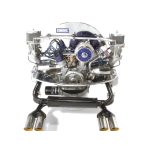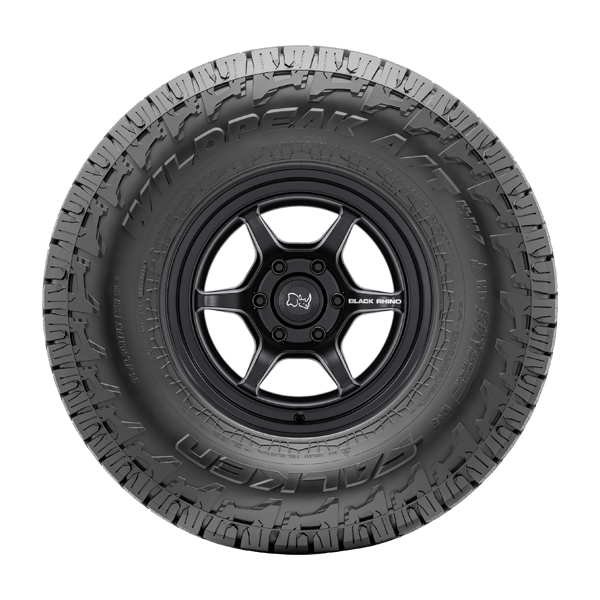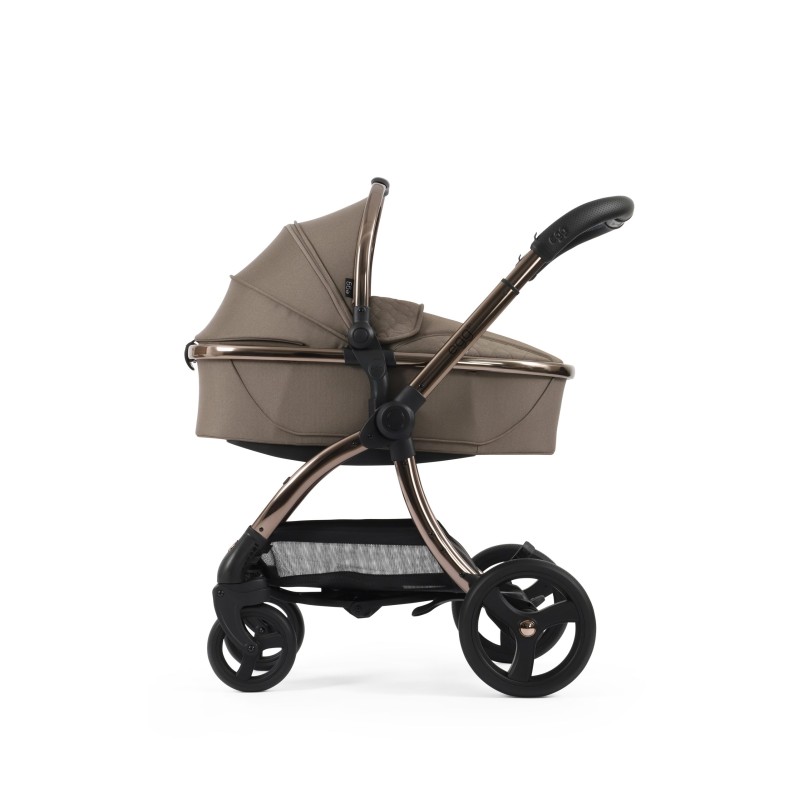The Right Time to Switch to a Forward-Facing Car Seat
When can you face car seat forward? Deciding when to turn your child’s car seat to face forward is a milestone. The right time often ties to your child’s age, weight, and height. Remember, safety experts recommend keeping children rear-facing as long as possible. It’s the safest position in the event of a crash.
Most guidelines state the switch should occur after the age of 2. However, this can vary. Check if your child exceeds the rear-facing car seat’s limits. These limits are listed in the car seat manual. Growth patterns differ, so your child might outgrow the seat early or much later.
Weight and height are critical factors too. Has your child reached the maximum weight or height? If yes, it’s time to switch. Car seats have these limits to ensure safety. Going over them means the seat might not protect well in a crash.
Every car seat comes with a label with its limits. Look at this label and check your child’s measurements. That way, you know when it’s safe to switch.
It’s also vital to know your state’s laws on car seats. Some states have specific laws about when children can face forward in the car. Follow these laws to avoid fines and to keep your child safe.
Lastly, never rush this transition. Your child’s safety is the top priority. If you’re unsure, consult your pediatrician or a car seat safety technician. They can guide you based on your child’s size and development.
Anatomy of a Forward-Facing Car Seat
Understanding the structure of a forward-facing car seat is key for proper use and safety. A forward-facing car seat typically includes several main components.
Adjustable Harness: This is the part that holds your child securely in their seat. It should be snug, without any slack. You can adjust the harness to fit your child’s size as they grow.
Tether Strap: The tether is a strap that connects the top of the car seat to an anchor point in your vehicle. It helps reduce the car seat’s movement in a crash.
LATCH System or Seat Belt Pathways: These features are for securing the car seat to the car. The LATCH system includes anchors and attachment straps. Seat belt pathways let you thread the car’s seat belt through the car seat.
Side Impact Protection: Good forward-facing car seats have special padding on the sides. This helps protect your child’s head and torso if there’s a side-impact collision.
Headrest: A headrest supports your child’s head and neck. It often can be raised as your child grows, maintaining support.
Cup Holders and Storage Compartments: Many car seats come with these extras for convenience. They let you store drinks and small items within easy reach of your child.
Remember to choose a car seat with clear labels and instructions. The anatomy of your car seat plays a vital role in safety, so ensure it meets all required safety standards.
Installation Tips for Forward-Facing Car Seats
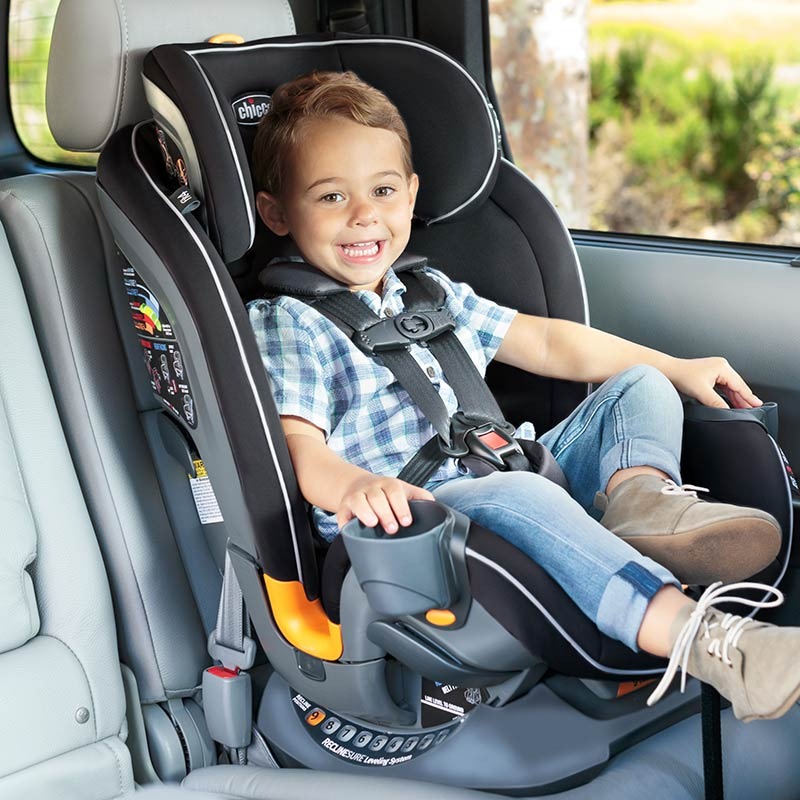
Proper installation of a forward-facing car seat is crucial for your child’s safety. Follow these tips to ensure a secure fit:
Read the Manual: Before you start, read your car seat’s manual. It has important information tailored to your model.
Use LATCH or Seat Belt: Decide whether to use the LATCH system or a seat belt to secure the seat. Never use both.
Check the Angle: Some car seats have angle indicators. Make sure the seat is upright as recommended.
Tighten the Straps: Whether using LATCH or a seat belt, pull the straps tight. The seat should not move more than an inch side to side or front to back.
Attach the Tether Strap: Use the tether strap for extra stability. Attach it to the designated anchor point in your vehicle.
Adjust the Harness: Once installed, adjust the harness. It should fit snugly over your child’s shoulders and chest.
Test the Seat: Give the car seat a tug after installation. If it shifts, it needs more tightening.
Recheck Regularly: Car seats can loosen over time. Check and tighten the installation regularly.
Remember, if you face any difficulties, seek help. Many communities have car seat safety clinics or technicians who can assist you.
Safety Features to Look for in a Forward-Facing Car Seat
When choosing a forward-facing car seat, certain safety features are essential.
High-Quality Harness System: Look for a durable, adjustable harness that fits snugly. It should have multiple slots to adjust as your child grows.
Energy-Absorbing Foam: This material limits the force a child feels during a crash. It helps to prevent injuries.
Side Impact Protection: Car seats with robust side protection shield your child’s head and chest in a side collision.
Top Tether Anchor: A tether strap is vital for reducing the seat movement in a crash. Always use it.
Reinforced Frame: A strong, sturdy frame offers better crash protection. Choose a reinforced structure.
LATCH System: It makes installation easier and can lead to a more secure fit. Check that it works with your car.
Adjustable Headrest: An adjustable headrest supports the child’s head and neck as they grow.
Crash Test Ratings: Look for seats with high crash test ratings for peace of mind.
These features work together to keep your child safe. Make sure your preferred car seat includes them and adheres to safety standards. This step is crucial when you face your car seat forward.
Common Mistakes to Avoid with Forward-Facing Car Seats

Installing a forward-facing car seat might seem straightforward, but some common errors can compromise your child’s safety. Here are key mistakes to avoid:
Using the Wrong Seat for Your Child’s Size: Check the car seat’s weight and height limits. Using a seat not fit for your child’s size can be risky.
Ignoring the Tether Strap: The tether provides extra security in a crash. Always attach it to the prescribed anchor point.
Not Tightening the Harness Enough: A loose harness won’t hold your child securely. Ensure it’s snug with no slack.
Allowing Too Much Seat Movement: If the car seat shifts more than an inch in any direction, it’s not secure enough. Tighten it.
Installing the Seat at the Wrong Angle: Ensure the seat is upright. Check the manual or car seat’s angle indicator.
Delaying the Switch to a Forward-Facing Seat: Don’t wait too long to switch. If your child outgrows rear-facing limits, move to a forward-facing seat.
Not Reading the Car Seat Manual: Every car seat is different. Reading the manual ensures correct installation.
Forgetting to Recheck the Installation: Car seats can loosen over time. Regularly check and retighten as necessary.
Using Both the LATCH System and Seat Belt: Choose one method for installing the car seat. Using both is not safer and might be harmful.
By avoiding these mistakes, you can ensure your car seat offers the best protection for your child each time you hit the road. Consult your car seat’s manual and seek professional help if you’re unsure about the installation. Safety is a continual process that demands attention and care.
State Laws and Regulations on Forward-Facing Car Seats
Every state has its own laws about forward-facing car seats. These laws dictate when can you face a car seat forward based on age, weight, or height of the child. It is crucial for parents to adhere to these regulations to not only ensure their child’s safety but also to avoid penalties.
Here are steps to keep in mind about state laws and regulations:
- Check the Legal Requirements: Find your state’s Department of Motor Vehicles (DMV) or similar agency. They provide up-to-date legal requirements for car seat usage.
- Age, Weight, and Height Limits: These criteria can vary by state. Know the specifics for your state to stay compliant.
- Understand the Fines: Ignoring state laws can lead to fines. In some cases, you could also face increased penalties for repeated offenses.
- Follow Best Practices: Even if the law allows it, safety organizations might recommend waiting longer before facing forward. Aim for the highest safety standard.
- Stay Informed: Laws can change. Regularly check for updates to ensure you’re always following the current rules.
Remember, state laws are the minimum requirement. Many safety experts suggest exceeding these standards for optimal child safety. By understanding and abiding by your state’s regulations, you can ensure your child’s car seat provides the best possible protection.
Transitioning from Rear-Facing to Forward-Facing: A Parent’s Checklist
As you prepare to shift your child’s car seat from rear-facing to forward-facing, it’s essential to go through a series of steps to ensure safety and compliance. Here is a checklist to help you through this transition:
- Review Your Car Seat’s Manual: Confirm the seat’s forward-facing weight and height limits.
- Check Your Child’s Growth: Ensure your child meets the minimum requirements for moving to forward-facing.
- Look at State Laws: Verify that the transition aligns with your state’s regulations on when can you face a car seat forward.
- Inspect Car Seat Parts: Check for any signs of wear or damage on the car seat.
- Secure the Seat: Install the forward-facing car seat tightly using either the LATCH system or the car’s seat belt as guided by the manual.
- Utilize the Tether Strap: Always use the tether when you face the car seat forward for extra stability and safety.
- Adjust the Harness Straps: Ensure the harness fits snugly over your child’s shoulders.
- Recline Angle: Adjust the seat to the correct upright angle per the car seat’s instructions.
- Seek Professional Help: If in doubt, get assistance from a certified car seat safety technician.
- Talk to Your Child: Explain the change to your child and discuss car safety.
- Final Checks: Do a thorough check to make sure the car seat doesn’t move more than an inch in any direction.
- Double Check Work: Revisit every step to ensure nothing is overlooked.
By keeping this checklist in mind, you’ll be better equipped to make the switch safely and with confidence.
Maintenance and Care for Forward-Facing Car Seats

To keep your child secure, car seat maintenance is crucial. Follow these tips to maintain forward-facing car seats:
- Regular Cleaning: Wipe down the seat with mild soap and water. Avoid harsh chemicals.
- Inspect for Damage: Look for tears, frays, or cracks regularly. This can impact safety.
- Wash the Cover: Follow the manual’s instructions for washing the seat cover. Do this often.
- Tighten Loose Parts: Check bolts and latches. Tighten any loose parts immediately.
- Update Labels: Replace worn-out instruction labels or stickers. They provide vital info.
- Review the Expiration Date: Car seats expire. Check the date and replace when necessary.
- Store Properly: If not in use, store the car seat in a dry place. Avoid extreme temperatures.
Make a schedule for regular maintenance. This ensures the seat remains safe over time. If you have doubts about your car seat’s condition, seek expert advice. It’s best to replace a seat after any crash, regardless of visible damage. Safety comes first every time you hit the road.




